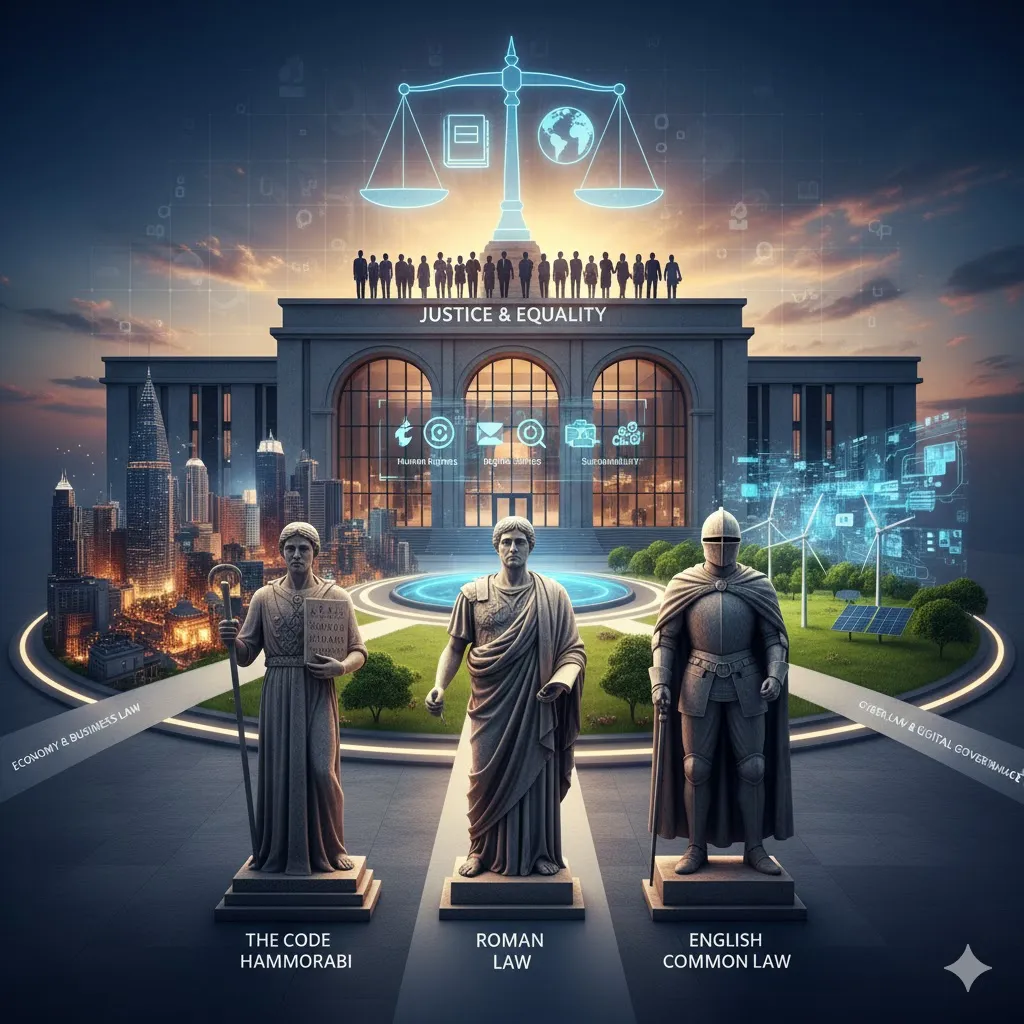Microcredentials Online College Programs: The Future of Flexible Education
Microcredentials online college programs are transforming the landscape of higher education, providing learners with flexible, career-oriented, and cost-effective opportunities to upskill in a rapidly evolving job market. In an age where technology and innovation redefine how we work and learn, traditional degrees are no longer the only path to success. Instead, microcredentials offer targeted learning experiences that empower students and professionals to gain relevant skills at their own pace.
This article explores the evolution, benefits, structure, and global impact of microcredential programs, highlighting how universities and online platforms are adapting to this educational revolution. Whether you are a student, a working professional, or an employer, understanding microcredentials is essential in today’s digital economy.

1. Understanding Microcredentials: What Are They?
Microcredentials are short, focused learning programs that certify specific competencies, skills, or knowledge areas. Unlike traditional degrees, which can take years to complete, microcredentials are designed to deliver measurable outcomes within weeks or months.
Defining the Concept
A microcredential validates mastery in a particular skill or subject. Learners receive a digital badge or certificate upon completion, often verified through online platforms or educational institutions. These credentials can be stacked toward a larger qualification or used individually to enhance employability.
Key Characteristics
- Short duration and flexible learning paths
- Competency-based rather than time-based
- Recognized by employers and industry organizations
- Delivered primarily through online college programs
These attributes make microcredentials a perfect match for modern learners seeking to balance education with work and personal commitments.
2. The Rise of Online Learning and Digital Education
The growth of online college programs has been exponential over the past decade, fueled by technological innovation and global connectivity. The COVID-19 pandemic accelerated this transformation, leading to a surge in demand for flexible and remote learning options.
The Digital Shift in Higher Education
Universities worldwide now integrate microcredentials into their academic portfolios. Platforms such as Coursera, edX, and FutureLearn partner with top universities to offer accredited microcredential programs that align with industry needs.
Example
Harvard University, the University of London, and MIT have all launched short online courses and microcredentials to cater to lifelong learners and working professionals.
3. Why Microcredentials Matter in Today’s Job Market
Employers increasingly prioritize skills over degrees. The modern workforce demands agility, adaptability, and continuous learning—qualities that microcredentials online college programs are built to deliver.
Bridging the Skills Gap
Microcredentials help close the gap between academic education and industry requirements. For instance, a marketing professional can quickly earn a credential in “Digital Analytics” or “AI in Marketing,” staying competitive in a fast-changing industry.
Employer Recognition
Leading companies such as IBM, Google, and Microsoft have embraced microcredentials as part of their hiring and training processes. These companies value credentials that demonstrate practical, up-to-date skills rather than purely academic knowledge.
4. Structure and Types of Microcredentials
Microcredentials online college programs come in various forms, depending on the institution and purpose. Understanding these structures helps learners choose the right pathway.
Common Formats
- Professional Certificates
- Digital Badges
- Nanodegrees
- Stackable Credentials
Stackable Credentials Explained
Stackable credentials allow learners to combine multiple microcredentials into a larger qualification, such as a diploma or even a full degree. This “building block” model promotes continuous education without redundancy.
5. Advantages of Microcredentials for Learners
There are numerous advantages to pursuing microcredential programs, particularly when offered through online colleges.
Flexibility and Accessibility
Learners can access high-quality education anytime, anywhere. The asynchronous nature of online college programs allows students to study at their own pace, making it ideal for working professionals.
Affordability and Efficiency
Compared to traditional degree programs, microcredentials are significantly more affordable and time-efficient. They eliminate the financial and logistical barriers that often prevent individuals from continuing their education.
Career Advancement
Microcredentials demonstrate initiative and up-to-date expertise, which can lead to promotions, new job opportunities, or higher salaries.
6. How Universities Are Adapting to Microcredentials
Universities are no longer confined to traditional degree models. Many institutions are reimagining their role in lifelong learning by integrating microcredentials online college programs into their academic offerings.
Academic Innovation
Universities now partner with online learning platforms to deliver flexible modules. These programs can serve as standalone learning experiences or as credit toward full degree programs.
Accreditation and Quality Assurance
To maintain academic integrity, universities ensure that microcredentials meet rigorous quality standards. Accrediting bodies are also updating policies to formally recognize microcredential achievements.
7. Technology Behind Microcredentials
Technological infrastructure is at the heart of modern microcredential online college programs. Blockchain, AI, and LMS (Learning Management Systems) play crucial roles in ensuring transparency and scalability.
Blockchain Verification
Blockchain technology is used to verify and store digital credentials securely. This prevents forgery and ensures that employers can easily validate a candidate’s achievements.
AI-Powered Personalization
AI helps create personalized learning experiences, recommending courses and modules based on a learner’s progress, career goals, and interests.
8. Global Examples of Successful Microcredential Programs
Across the globe, both universities and private companies have launched successful microcredential programs that are reshaping education and employment.
Case Study 1: Australia’s National Microcredentials Framework
Australia leads the world in integrating microcredentials into national education policy. The government supports universities in offering accredited, stackable credentials recognized by employers nationwide.
Case Study 2: European Initiatives
The European Commission promotes the European Approach to Microcredentials, standardizing recognition across EU member states. This enables cross-border learning and employment opportunities.
Case Study 3: U.S. University Partnerships
Top U.S. institutions like Arizona State University and Purdue Global collaborate with platforms like edX and Coursera to deliver industry-aligned microcredentials.
9. Challenges and Criticisms of Microcredentials
Despite their benefits, microcredentials online college programs face challenges in standardization, recognition, and scalability.
Lack of Universal Standards
Different institutions have varying criteria for awarding microcredentials, leading to inconsistency in quality and recognition.
Employer Awareness
While major corporations accept microcredentials, smaller businesses may not fully understand their value or legitimacy.
Over-Saturation of the Market
With thousands of programs available online, learners can struggle to identify reputable or accredited providers. This calls for better transparency and regulation.
10. The Future of Microcredentials and Online College Programs
The future of education lies in adaptability and continuous learning. Microcredentials online college programs will continue to grow, driven by global digitization, workforce transformation, and the need for lifelong learning.
Integration with AI and Data Analytics
AI will further personalize learning paths, helping individuals identify skill gaps and automatically recommend relevant microcredentials.
Employer-Led Education Models
Future programs will increasingly involve collaboration between employers and universities, ensuring that microcredentials remain aligned with industry demands.
Predicted Trends for 2030
- Universal recognition of microcredentials as part of formal education systems
- Expansion of global partnerships among universities, governments, and corporations
- Integration of VR and AR technologies in online microlearning
Conclusion
In conclusion, Microcredentials online college programs represent a powerful evolution in the world of education. They combine flexibility, affordability, and relevance—qualities essential for today’s learners and tomorrow’s leaders. By focusing on skills rather than degrees, microcredentials democratize education, enabling people from all backgrounds to thrive in a knowledge-driven economy.
As technology continues to reshape industries, the importance of continuous learning cannot be overstated. Microcredential programs will remain at the forefront of this transformation, offering learners the tools they need to adapt, grow, and succeed in an ever-changing world.











